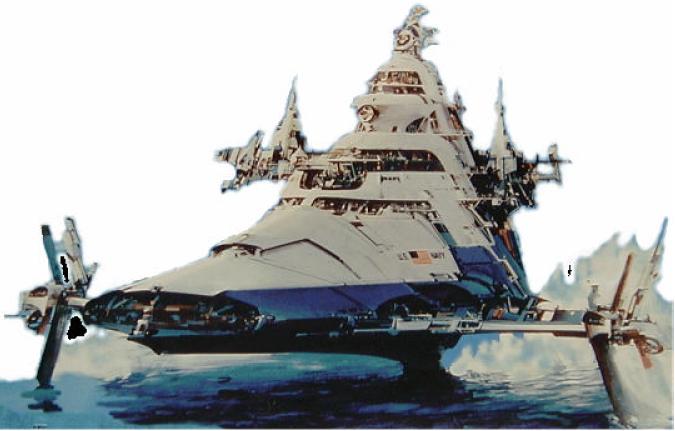
Sid forwarded on a great historical document. Its author, CDR Carl Carlson (I know that dude, natch), he is not this Carl Carlson back in JUL 02 that is a solid POSTEX from a working group. If you want to know how we got to were we are with LCS, this is a nice dot to help you connect the trendline. As these things go, it is written in a respectful, careful tone - but if you read it right you see that CDR Carlson brings up all the concerns we are dealing with today.
Reading this, I feel less insane .... but still hot around the neck about this. You know the phrase, "A camel is a horse designed by commitee."? Well, LCS is a Corvette designed by commitee. The document is full of great quotes, but I am just going to pull some out of the middle. You can find the rest..
It may be a political reality that the ship has to achieve 50 knots, but for our working groups it was certainly not a highly valued operational requirement. (pp. 32)An honest bit of work. Why do I say that? Look early on in the document (pp 4).
...many believed that the promise of network centric warfare would not be realized if the LCS fell short of full joint tactical connectivity. Although integration workshop participants had great difficulty defining exactly what particular levels of connectivity really meant,... (pp 33)
The fact remains, however, that many of the war fighting systems (e.g., ASW and MCM off-board systems and sensor grids) this variant is supposed to carry into the littoral don’t currently exist. (pp 37)
Question 1. Is the littoral combat ship a mission/capabilities focused frigate or corvettesized ship optimized for littoral environments?Note that we are now down to ~315 and LCS is well over $300 million a copy.
The simple answer to this question is yes. The task force was formed to help the Navy design a ship. The question is why? The Chief of Naval operations has established the goal of a 375-ship fleet — approximately 100 more than current ship plans support. Without a small, affordable ship that 375 figure is unreachable. As we understood the tasking, the CNO does not want 375 ships that are so small they are incapable of contributing to the Navy’s forward presence mission, nor so lacking in capability that they must be kept from harm’s way. The bottom line is that the littoral combat ship must help the Navy increase its force structure and be capable of satisfying some forward presence requirements.
Question 3. Is the littoral combat ship an answer looking for a question?In the end, it looks like some of this was incorporated, but chicken or egg. Like C2 says,
Since the littoral combat ship was being discussed before a mission for it was determined, some would answer this question in the affirmative. LCS may be a way to scratch the itch of military reformers in order to silence critics who insist the Navy has failed to develop a transformational road map, but that begs the question of why the Navy must transform. Surely the expeditionary nature of the naval service shouldn’t change; after all, the Army and Air Force are being lauded for becoming more expeditionary. On the other hand, real operational shortfalls associated with littoral warfare exist in the current force, and one compelling alternative to deal with those gaps is to explore the potential of a new ship designed for littoral conditions.
We recognize that LCS is a fast moving train and that some decisions may already have been made on some of the issues considered in this report. However, given the high stakes involved for those who will serve on LCS ships and for the Navy’s effectiveness in future conflicts, we hope the careful analysis of the broad and diverse expertise of the study participants who informed these findings and recommendations will receive dueconsideration in deciding the future direction of LCS development.Thanks Sid.
No comments:
Post a Comment